What must the Office of Rail and Road consider when weighing up the bids to run open access services on an already crowded West Coast Main Line? Philip Haigh reports
On a random weekday in mid-June, Avanti West Coast listed 131 passenger service departures from London Euston.
What must the Office of Rail and Road consider when weighing up the bids to run open access services on an already crowded West Coast Main Line? Philip Haigh reports
On a random weekday in mid-June, Avanti West Coast listed 131 passenger service departures from London Euston.
This gives some perspective to the request by different open access operators for another 44 daily paths. When you include the four paths for Grand Union’s Stirling service that the Office of Rail and Road (ORR) has already approved, that represents a 37% increase on today.
With the West Coast Main Line already declared congested in parts, there cannot be space for all these extra trains. It will be for ORR to decide which of the prospective operators should be allowed onto the tracks.
Two of the open access bids fit into the classic mould for such operators. FirstGroup’s Lumo is bidding for six return paths for Euston-Rochdale trains, while WSMR (Wrexham, Shropshire and Midlands Railway, backed by Alstom) wants five paths each way (four on a Sunday) to serve Wrexham via the West Midlands.
Then there’s Virgin Trains. It wants 33 daily paths from Euston, to create a smaller version of the service it ran when it held the government franchise.
Virgin lost this franchise in 2019 when FirstGroup and Trenitalia beat it in open competition for the Department for Transport contract. Now it’s back with proposals to run a timetable headed by 15 daily trains for Liverpool, seven for Birmingham New Street, five for Preston, four for Glasgow, and two for Rochdale.
The bid comes from Phil Whittingham, who was managing director in its franchise days before running First and Trenitalia’s Avanti West Coast for its first three years from 2019.
In its bid, Virgin claims that passengers “deserve the choice of a quality service and the reintroduction of services/frequencies no longer operated by the franchise operator”.
Yet ORR needs also to consider government services contracted through Avanti West Coast, which wants to return services that were withdrawn during COVID for lack of demand.
AWC currently has five different bids in for train paths. These bids come as supplemental amendments to its track access contract with Network Rail that shows what services it can run. ORR has the third, 11th, 14th, 17th and 18th amendments to consider.
Some propose minor changes. For example, the 18th amendment calls for a Sundays 1613 Liverpool Lime Street to London Euston and 2030 return service. Both plug a roughly hourly gap in current timetables.
The 17th reinstates a weekly 0700 fast service from Manchester Piccadilly, calling only at Stockport and described by AWC as “previously a flagship peak-time service” that gives a 1hr 59mins journey time into London. It’s the sort of service that I suspect ORR could not refuse, particularly as AWC says it needs to run as empty stock if not granted a passenger path.
Changes within the third amendment restore hourly services between Birmingham and Scotland. AWC had wanted this from December 2023’s timetable, but Network Rail didn’t support the idea and AWC later realised it wasn’t in a position to deliver its ambition either.
So, it’s now looking towards May 2025, to use the paths (from Preston southwards) of its 1151 and 1551 trains from Blackpool North to run trains from Glasgow Central instead. They would call at Motherwell, Carlisle, Penrith and Preston, then as before via the West Midlands.
In the other direction, AWC wants to divert its 0740 and 1140 Euston-Blackpool trains to run to Glasgow, while adding a new 0920 to Blackpool, calling at Milton Keynes Central, Tamworth Low Level, Lichfield Trent Valley, Warrington Bank Quay, Wigan North Western and Preston. Its southbound equivalent is a new 1251 from Blackpool.
These additions doubtless dent some of Virgin’s claim that paths are sitting unused and ready for open access to take over.
Nor is Virgin’s contention credible that Northern and TransPennine Express are not using paths through Manchester’s Castlefield Corridor. Virgin would run its five Preston and two Rochdale services this way, to allow them to call at Manchester Piccadilly.
It would be more accurate to reflect that Castlefield’s twin-tracks could not support the 16 trains per hour service that operators (mainly Northern and TPE) were contracted by government to run, despite the same government ditching plans to upgrade Network Rail’s infrastructure to give sufficient capacity. This upgrade proposed remodelling Oxford Road station and adding two more through platforms at Piccadilly.
This means that neither Northern nor TPE run the services they should. But that’s rather different from claiming that paths lie unused.
There seems little prospect of government money to unblock Castlefield, so perhaps Virgin might like to put its hand in its pocket? After all, it says in its bid that it wants to “develop proposals to invest in the rail infrastructure (network capability)”.
By contrast, Lumo’s plan to run Euston-Rochdale services has them routed via Warrington to approach Manchester from the west and to call at Victoria station rather than Piccadilly. Such a route competes less directly with AWC, which doubtless comes from both companies having First as their chief shareholder.
Lumo also plans to use a battery-electric equivalent to a Class 803, running London-Manchester under the wires and then the final 18-mile return trip to Rochdale on battery power. This contrasts with Virgin’s plan to use existing diesel trains of the ‘22x’ type, most prominently represented by the Voyager.
WSMR represents the other West Coast open access bidder. It’s different from the WSMR that ran in the 2010s between London Marylebone and Wrexham via Birmingham Snow Hill, prevented from using the West Coast Main Line to New Street by rules designed to protect the incumbent WCML operator (which at the time was Virgin Trains).
In its proposed guise, the new WSMR would also avoid New Street by calling at Milton Keynes, Nuneaton, Coleshill Parkway, Walsall, Darlaston, Wolverhampton, Telford Central, Shrewsbury and Gobowen.
It appears not yet to have secured Network Rail support, with minutes from a spring meeting of NR’s sale of access rights committee noting concerns about “available capacity, performance assumptions, and circumstances relating to level crossings”.
When ORR assesses bids for open access paths, it must take into account half-a-dozen different factors. It has to take account of the Transport Secretary’s funds and of guidance from ministers in Scotland. It needs to allow rail companies to plan their future “with reasonable assurance”. And it must promote improvements in performance, use and development of the network, and competition for rail services to benefit users.
It has also to test whether there is space for all these extra services. At its current busiest, Euston sends out a fast, long-distance train typically at xx02, xx10, xx13, xx16, xx30, xx33, xx40, xx43 and xx53 - nine trains per hour.
Some hours are quieter, with gaps created by services that AWC will likely reinstate. But Virgin Trains wants to add seven services leaving at xx37, 15 at xx07, seven at xx10, and nine at xx17, as well as the four Scottish services for which it has not specified times. WSMR is looking for xx00 paths, while Lumo isn’t so picky.
Contracted operators traditionally accuse open access companies of cherry-picking revenue to the detriment of services consuming public funds as subsidies.
For ORR, this translates into the ‘not primarily abstractive’ test that considers how much of an open access operator’s income comes from growing the market and how much is simply diverted from government-contracted services.
It applied this test to Grand Union’s plan for four daily services between Euston and Stirling, calling at neither Glasgow or Edinburgh but instead running through the gap between the two to call at Whifflet, Greenfaulds and Larbert.
ORR has approved these services, having satisfied itself that they should bring an abstraction ratio of over 0.3. It estimates that the new services will generate £9.3 million in new revenue and abstract £24.4m from existing operators, giving a ratio of 0.38.
Grand Union itself argued that its services would generate £11.4m and abstract £23.1m (a ratio of 0.49), while Avanti West Coast thought the tables would be tilted much more the other way to a ratio of 0.14. However, ORR said that AWC had not fully considered the numbers of passengers switching from planes to Grand Union.
Grand Union plans to use diesel trains (likely Class 221s or Class 222s) rather than electric trains, even though its route is wired throughout.
ORR appears relaxed about this, noting: “We do not view it would be appropriate to turn down new passenger services on the basis of diesel traction, especially on a route which has known electricity power supply constraints.”
What’s absent from the bids that ORR has on its desk is accessibility. Providing level boarding between London, Birmingham, Manchester or Scotland would sharply improve the service that passengers see.
It would mean that passengers using wheelchairs, for example, could board and alight without having to ask for help.
It would improve safety by reducing the possibility of people tripping and by removing the gap between platform and train.
Of the ORR’s duties, level boarding perhaps falls into the category of promoting “the use and development of the network to the greatest extent that [ORR] considers economically practicable”. But it’s not explicit.
With so much interest in running open access services on the West Coast Main Line - Britain’s busiest route - it seems to me entirely appropriate that ORR favours requests that improve access to trains over bids that simply maintain today’s barriers.
Login to continue reading
Or register with RAIL to keep up-to-date with the latest news, insight and opinion.

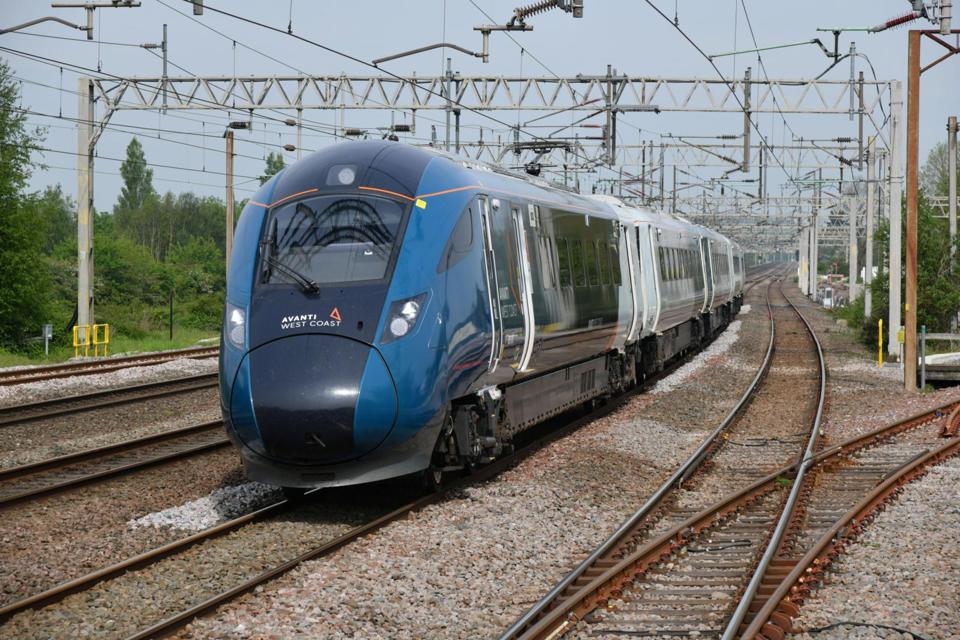


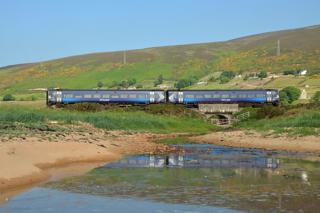
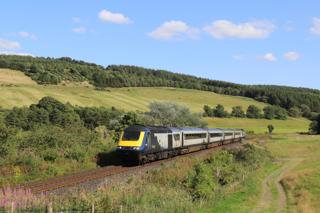
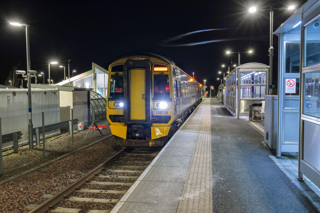
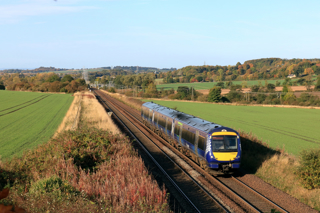




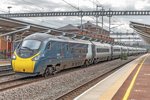







Login to comment
Comments
No comments have been made yet.